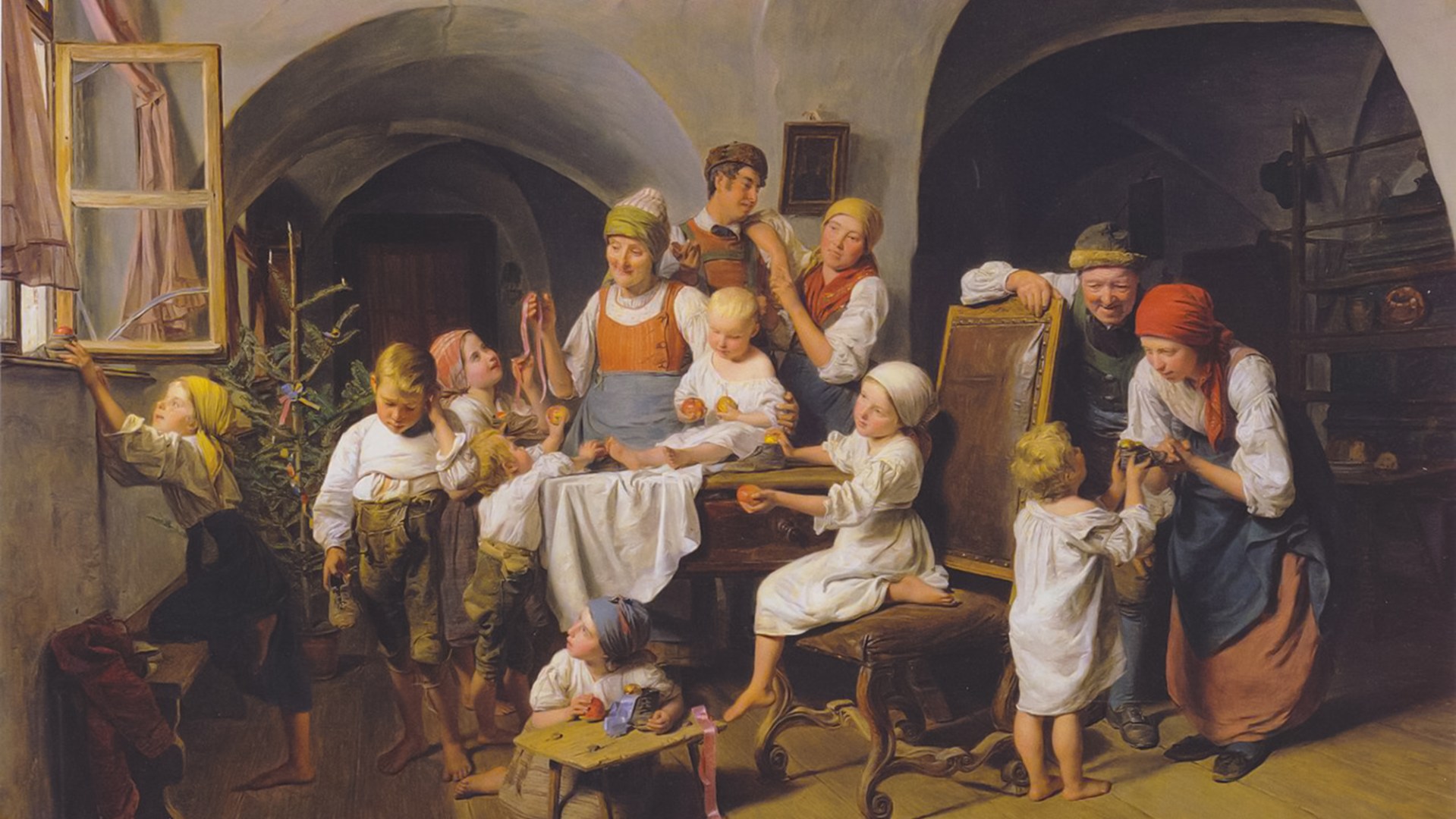The Battle for Christmas: A Social and Cultural History of Our Most Cherished Holiday
Stephen Nissenbaum
Nissenbaum’s 1997 book redefined the study of the history of Christmas in America. He portrays a group of New York writers in the early 19th century worried about rowdy, alcohol-fueled Christmas celebrations among the lower orders. By turning the Dutch version of St. Nicholas, Sinterklaas, into Santa Claus, they brought Christmas indoors, reorienting it around family and children.
William D. Crump
The colonization of Christmas by the film industry has made movies and TV shows central to our seasonal observances. Crump shows the cinematic holiday being “rescued” from threats like villains taking the North Pole, Santa’s incapacity, or people “losing the Christmas spirit.” There is a special place in Hollywood hell for Santa Claus Conquers the Martians.
Toward the Origins of Christmas
Susan K. Roll
Why did the early church mark the Nativity of Jesus on December 25? Roll examines two main hypotheses—the calculation theory and the history of religions theory—and shows the weaknesses of the latter. Christmas, it seems, owes its place on the calendar not to anything connected with pagan holidays or the winter solstice but rather to arcane computations surrounding the dates of the Crucifixion and Incarnation.
The Journey of the Magi: Meanings in History of a Christian Story
Richard C. Trexler
Matthew’s gospel account of Magi arriving to worship the infant Jesus has given birth to centuries of legends about those mysterious “three kings.” Trexler’s The Journey of the Magi follows these stories in art, drama, politics, and religion. He shows how images of the Magi have served the church and secular rulers throughout history and how they are still an essential part of the popular culture of Christmas today.
Christmas in Germany: A Cultural History
Joe Perry
In one of the best national histories of the holiday, Perry illustrates how Christmas became entrenched in the 19th-century German middle-class family, which made it an irresistible target for politicians of all stripes. Especially interesting is his exposition of how the Nazis appropriated the holiday (“Christmas! Christmas! Blood and soil awake!” went one hymn) and his account of how the festival affected the Cold War confrontation between East and West Germany.










